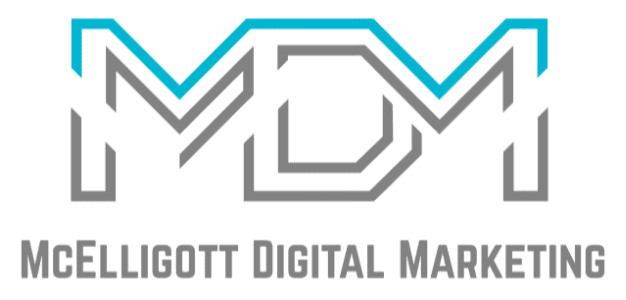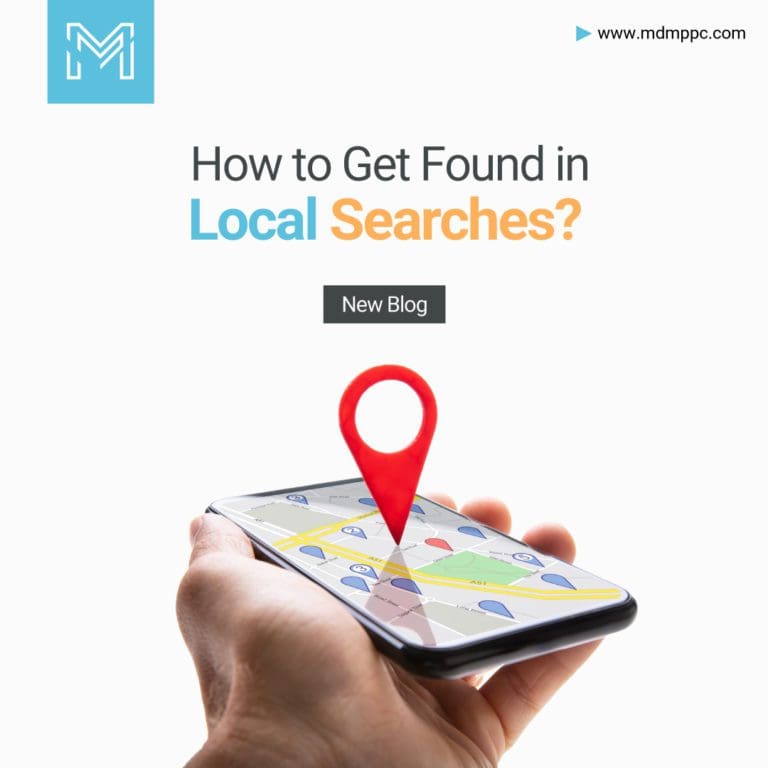86% of the users take to the internet to find a local business. -Social Media Today
What does this stat mean for you?
If you are the owner of a local business and you’ve not actively considered improving your local SEO, you’re missing out on those consumers looking out for your services on the internet.
When people search for stores or services near their location, they are called nearby searches.
And 86% of the people looking for a business online on their mobile phones turn up at the store within a day of the search.
These walk-ins mean business as 28% of the local searches results in a purchase.
Let’s point out our main concern here. What if your local SEO is poor?
This necessarily means your potential customers are unlikely to find you!
We’re going to talk about the steps that build your local SEO to help your business rank locally. We will also talk about how both On-page SEO and Local SEO are crucial for your business.
What is Local SEO?
Local SEO (Search Engine Optimization) is the practice of enhancing local companies’ exposure to search engines, particularly for those having a physical presence in the locality.
Businesses may increase organic traffic from queries made by local consumers by adhering to local SEO industry standards.
In order to give users the most appropriate local results for their searches, search engines depend on signals such as local content, social channels, links, and local citations.
Locally existing businesses may promote their goods and services to local prospects and consumers who are looking for them by using local SEO.
Local SEO vs. On-page SEO
Both local SEO and on-page SEO, which are sometimes referred to as the twins of SEO, are essential for practically all types of companies.
Although the roles of an on-page and a local SEO consultant differ, both have the same objective to deliver, and that is: to improve your company’s online visibility and raise the ranks of your site on search engines like Google.
An on-page SEO specialist’s roles for improving your site SEO include editing your meta descriptions, optimizing your site’s content, and a variety of other tasks.
Whereas if we talk about a local SEO expert, they make sure that your citations are accurate and that your link-building approach is successful for ranking your business online.
Now you can collect that both positions are crucial to creating a consistent online presence for your local company, despite the fact that they perform rather distinct tasks. Both local SEO and on-page SEO are powerful marketing foundations for the success of any online effort.
Businesses may promote their products and offerings to local buyers and consumers who are looking for them with the help of local SEO.
Google’s Local Pack
You are quite familiar with what a Google Local Pack is, and it must have helped you find a solution online, although maybe you don’t know it by name.
For any search query you enter with a local purpose, the Local Pack is a SERP (search engine result page) feature that shows on the first page of results. Along with entries for three companies related to a certain search, it includes a map of the locations of the local businesses.
In accordance with what the search engine’s algorithm determines to be the most appropriate results for a specific search, Google generates these Local Pack results through its GMB (Google My Business) listings.
Local Pack gives businesses a strong online presence because it appears at the top of the first page of the search results. Consider it as a shortcut to the top rankings as it would take much longer to reach that position with SEO alone.
Google’s Local Finder
When you click on the ‘more places’ link just below the Local Pack ( three business listings), an extended listing of local businesses appears, and it is called Local Finder.
It is similar to the local pack, and the only difference is that it is a long list of businesses indexed by Google, as well as a map of the area.
For local companies trying to increase their exposure and get more visitors to their stores, Google’s Local Finder is a useful tactic. This platform offers a list of nearby companies that Google has listed, making it simple for consumers who want a product or service locally.
Localized organic results
Organic search results are displayed immediately after local pack results.
These search outcomes are likewise produced depending on the Google searches entered. These listings do not have data like company hours and contact information, in contrast to the local pack.
Organic results are the first thing that one thinks of when search engine optimization is mentioned, and rightly so. Organic results are associated with SEO, web content, an active blog, a fast-loading page, and a whole lot more.
The ranking of websites in local organic search results is decided by On-page SEO, site reviews, inbound links, and several other factors.
8 Steps to local SEO for making your website rank locally
1. Add local schema
Let’s first help the search engine know that you are a business that caters locally and not some big brand that operates multi-nationally.
To provide a common way of communication between the big search engines like Google, Yahoo, and Bing, schema.org was created.
Ad correct schema markup for the businesses thriving locally to your website to tell Google that you provide your services locally.
This can improve your local business ranking well.
Local schema markup is a code that you can add to your site so that search engines can easily crawl your site to find out what your business is about, where you are located, and the relevancy of your business to people looking for related services or products.
Your website’s service schema will add more emphasis on the specifics of each of those items. Once more, the entire strategy of local schema is aimed at conversing in the language of machines (search engines). This is why you need to make things simpler. So, for the best search results locally, it’s important to communicate with them in their language.
If you want to check in parts of the various schemas on your site, you can validate a URL on the Structured Data Testing Tool.
Ask your marketer about how they implement the microdata to make your website do the best in search results.
Schema markup as an SEO technique will give your business a leg up on the local competition.
2. Optimize your Google My Business Profile
If you have yet struggled with Google My Business, you’re not the only alone in this.
There are a few things to do to optimize your Google My Business profile:
- Build your Google My Business page and get it verified.
- In your GMB account, use Google Posts.
- Add details of your business and photos to make it more reachable for people.
- Request your past customers to share online reviews of your service.
- Respond to the reviews engaging with your customers, and while doing so, add the location of the area where you provided your service.
- Mention your full company name as well while responding to the review.
But for your local SEO, especially for your three-pack results and SERP results, you must claim your company listing and fill out the information needed for it.
You don’t need to worry if your industry isn’t mentioned. There are over 2,000 types, but some of them are a little odd, so do your best to locate the category that you think best fits your company.
While you are filling up your content, use both primary and secondary keywords wherever you can do so, as this accounts for about 20% of your chances of appearing in Google’s Local Pack.
What if my business has multiple locations?
If there is more than a single location of your company, claim each of your Google My Business profiles. If you’re worried about managing them all, you need not because you can manage all the GMBs from one login.
However, for each of the profiles, you need to have a physical location of your store.
3. Ensure that your NAP citations are accurate
Let’s first understand what citations actually mean.
Citations are any references to your company’s name, location, contact information, or website (NAP+W), often called NAP information, on the internet, even if there isn’t a link to it.
Citations are crucial to your local SEO campaigns since they account for nearly 11 percent of the total of the local pack-ranking criteria of the search engine.
One thing to note here is that P.O. boxes and virtual offices are not appropriate; only genuine, physical places should be used for building citations.
For each worksite you have, you may create a different set of citations.
However, be sure that each reference you construct has the correct name, address, phone number, and same website URL.
4. Conduct an SEO audit
While you might be prompted to think that you have done enough with the fundamentals, it’s no time to put the brakes on.
Instead of putting a brake or just waiting to check what works, conduct a complete local SEO audit. With a comprehensive audit, you will get to know your website’s position and the areas that need focus.
Here’s what a local SEO audit looks like:
- On-page SEO audit to tell whether your website has all the necessary SEO elements to boost ranking.
- GMB audit that paints a picture of how your Google My Business profile performs in the SERPs and whether all the data provided is updated.
- Google Search Console Audit informs about whether search engines can crawl and index your site.
- Citation audit to ensure that your citations are updated and the same in the local business directories.
- Competitor analysis for a complete background check.
- Website audit to tell the health of your website and loading speed.
To check how your website is doing, get your free website SEO audit report right now!
5. Optimize URL, metadata, and website content
When we talk about creating content for a website, every new blog post is a chance to have your website indexed, aim for a local search term, and appear higher on search engine results pages.
Website URL( the text should be made readable), title, header, meta description, which is collectively called metadata, and body of every piece of content you create need to be optimized for search engines by employing high-volume search terms.
If you’re struggling to come up with authentic geo-targeted content, you need to showcase case studies and client success stories.
You can optimize your website for “near me” local searches by adding more specifics to these items, and this holds true for every location of your business.
6. A mobile responsive website
A major number of local searches are performed on a mobile phone, which means local SEO and mobile responsiveness of your website go hand in hand.
Make your website not only friendly but highly responsive for mobile searches which fit all screen sizes, and this includes smaller mobile phones as well.
You can check the mobile responsiveness of the website with your website URL here.
7. Engage in social media
Content shared on social media is important for your audience as well as Google.
Integrate your search and social media; for example, share your Google My Business page once you’ve updated it on your social media channels.
8. Community participation
You’ll get more online promotions, and that too for no investment, the more you engage with your neighborhood.
You may generate coverage, brand recognition, and more inbound links by working with a group on a campaign, hosting a volunteer day at your company, or sponsoring a local event.
Let McElligott Digital Marketing help you rank locally.
Even if you can now answer confidently what local SEO is and how important it is, you may not have the time and focus on implementing all the necessary strategies.
We have been helping local businesses get more leads and conversions with our comprehensive SEO strategies.
If you’re ready to take your local search performance to the next level, we are right here for you.





